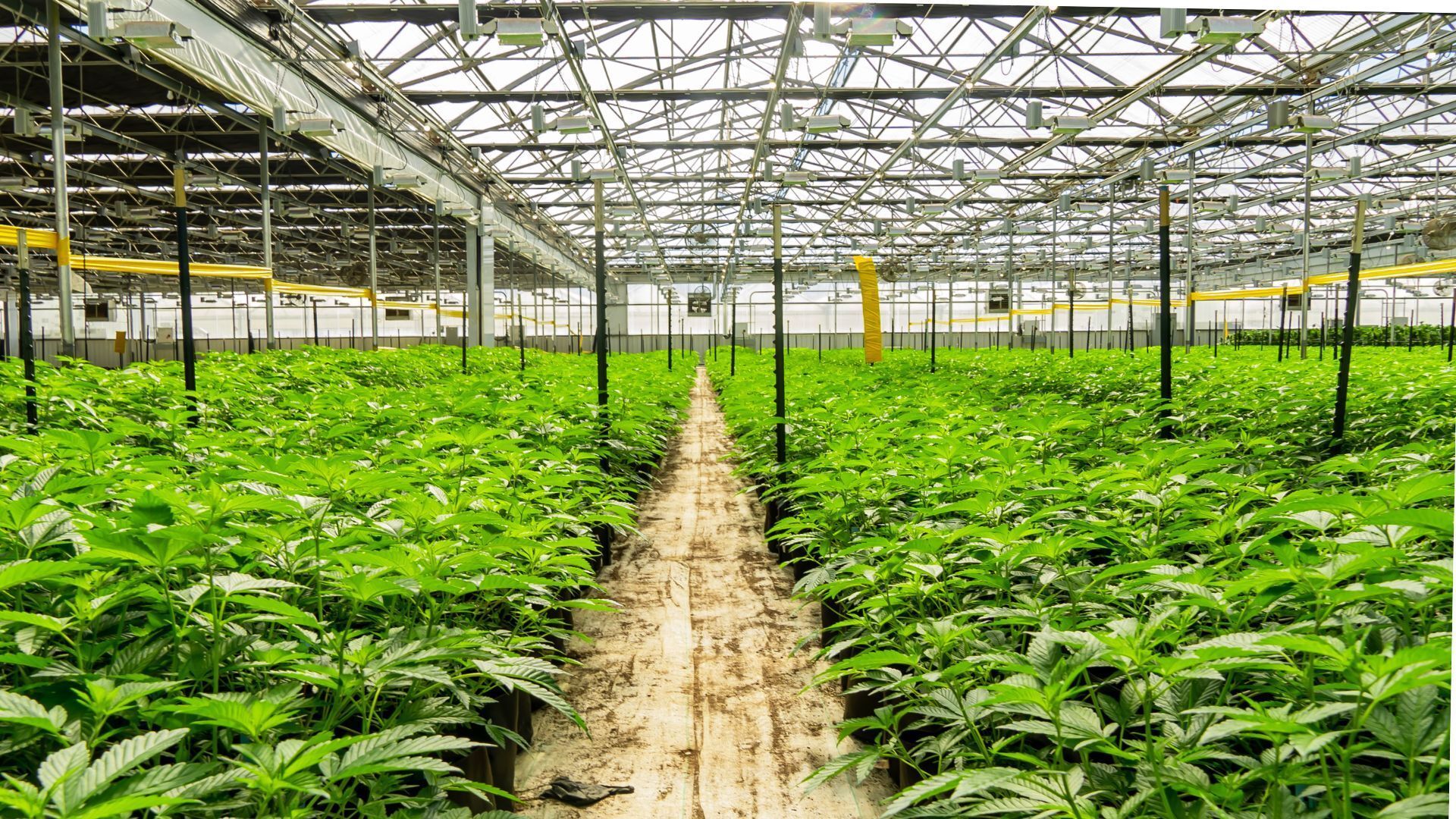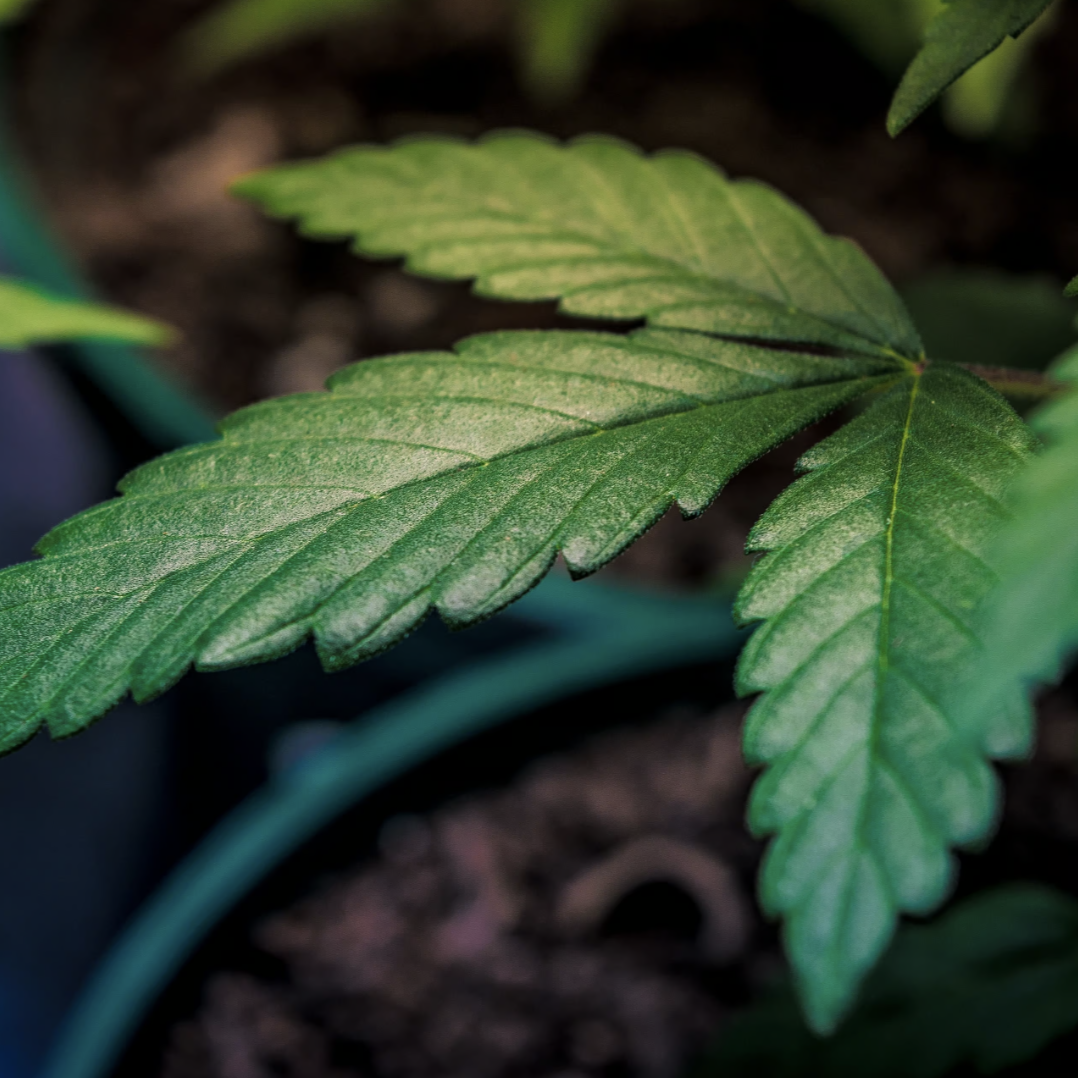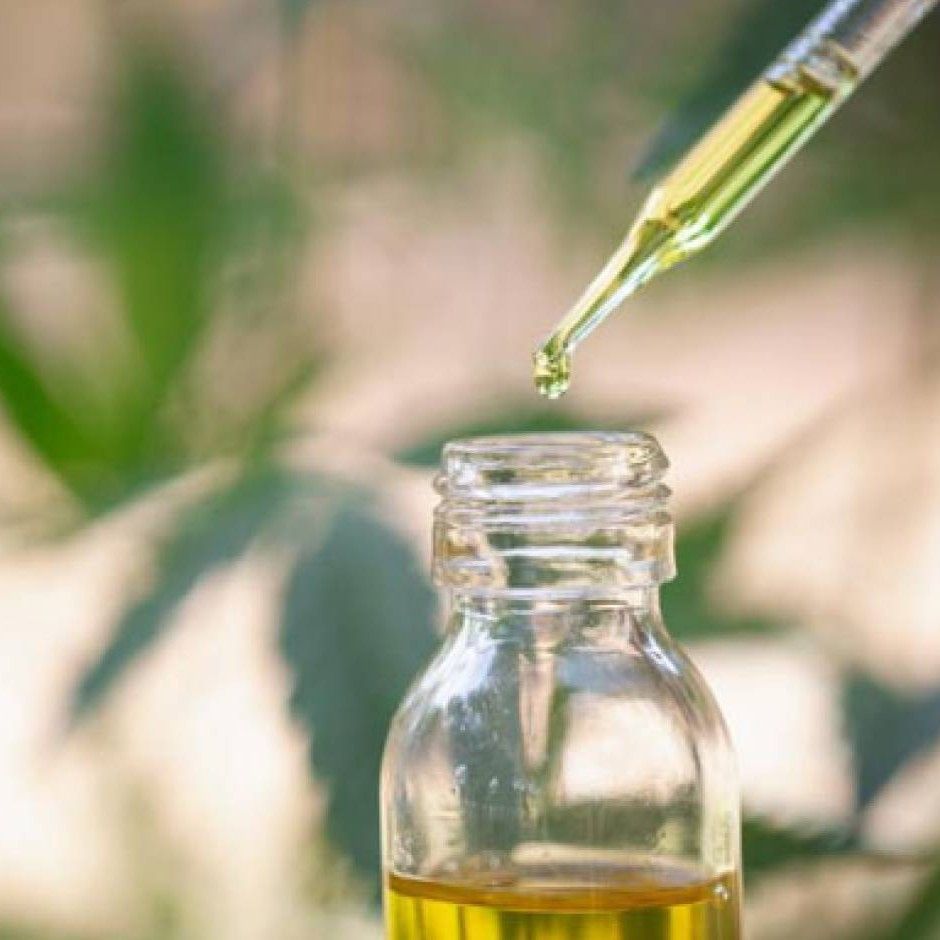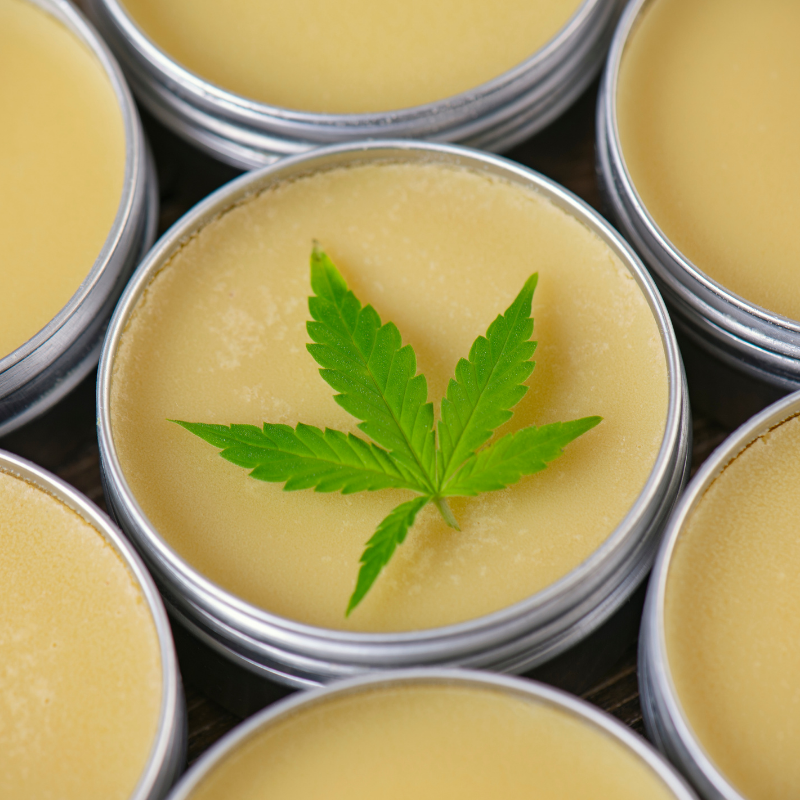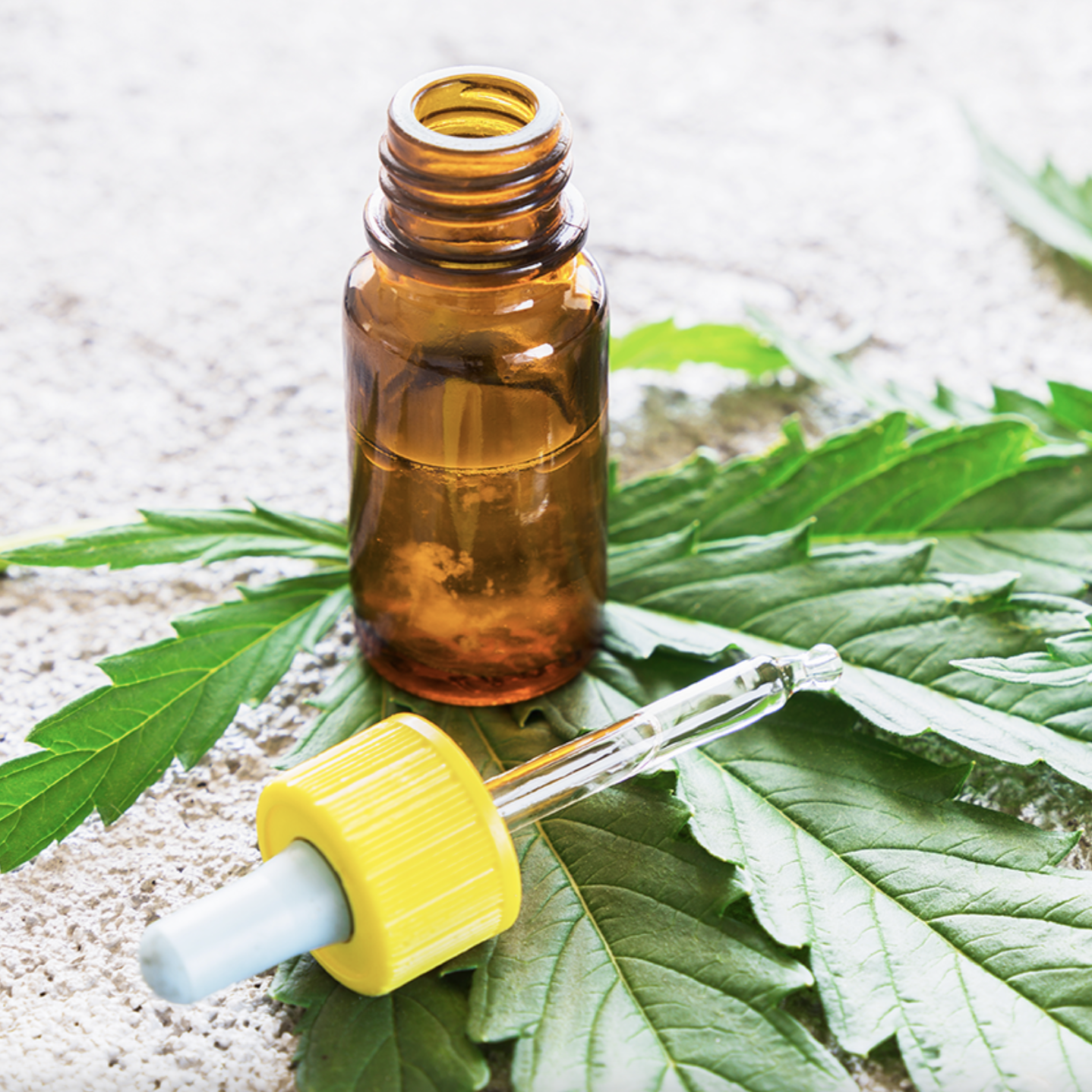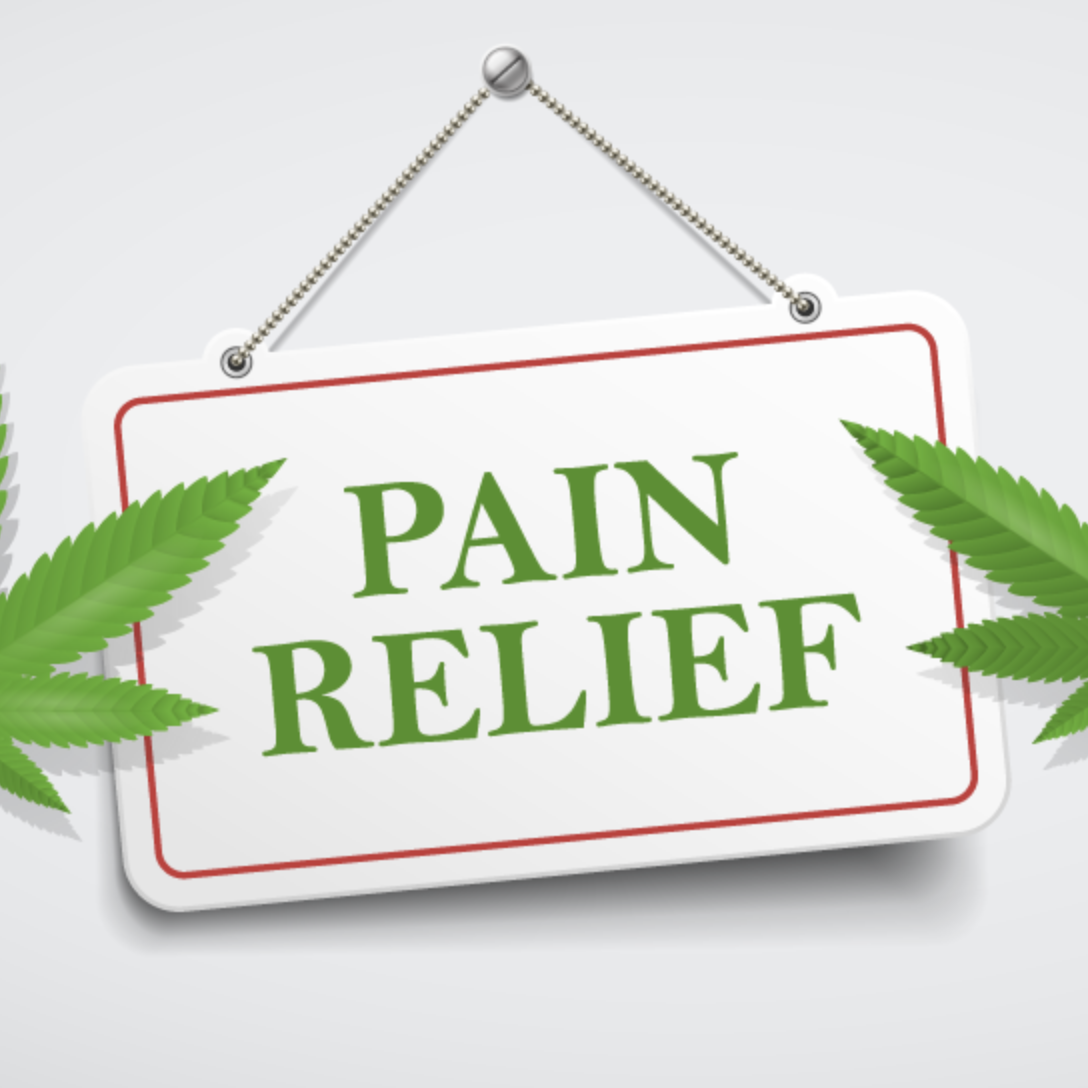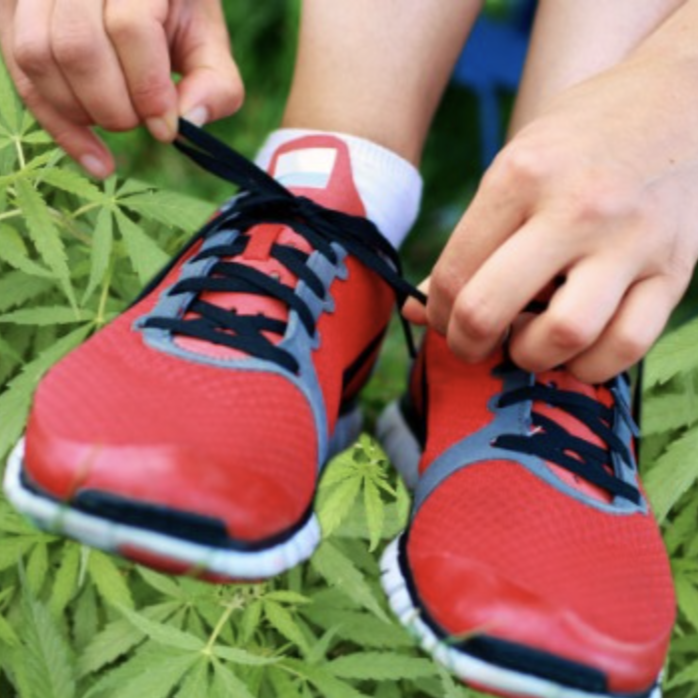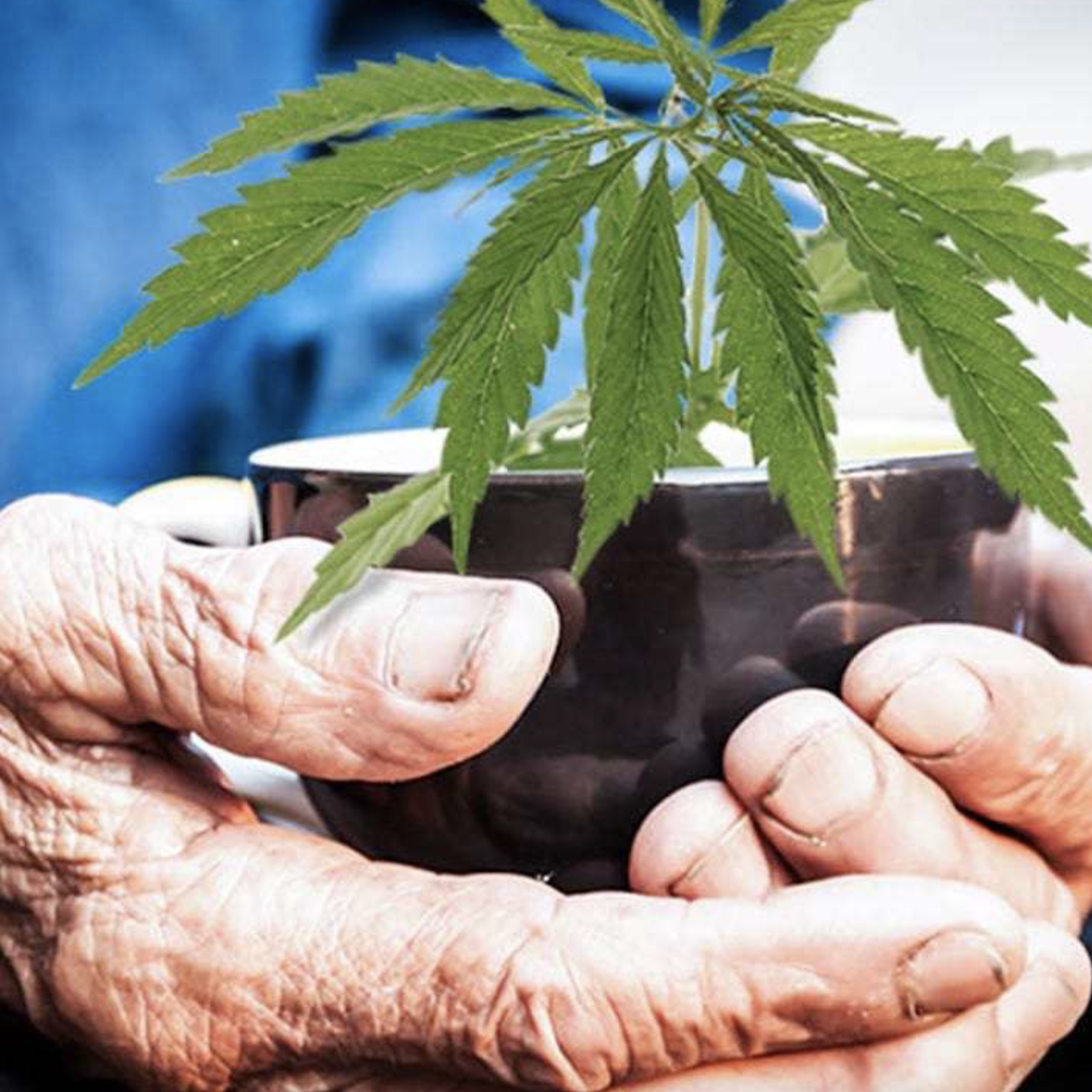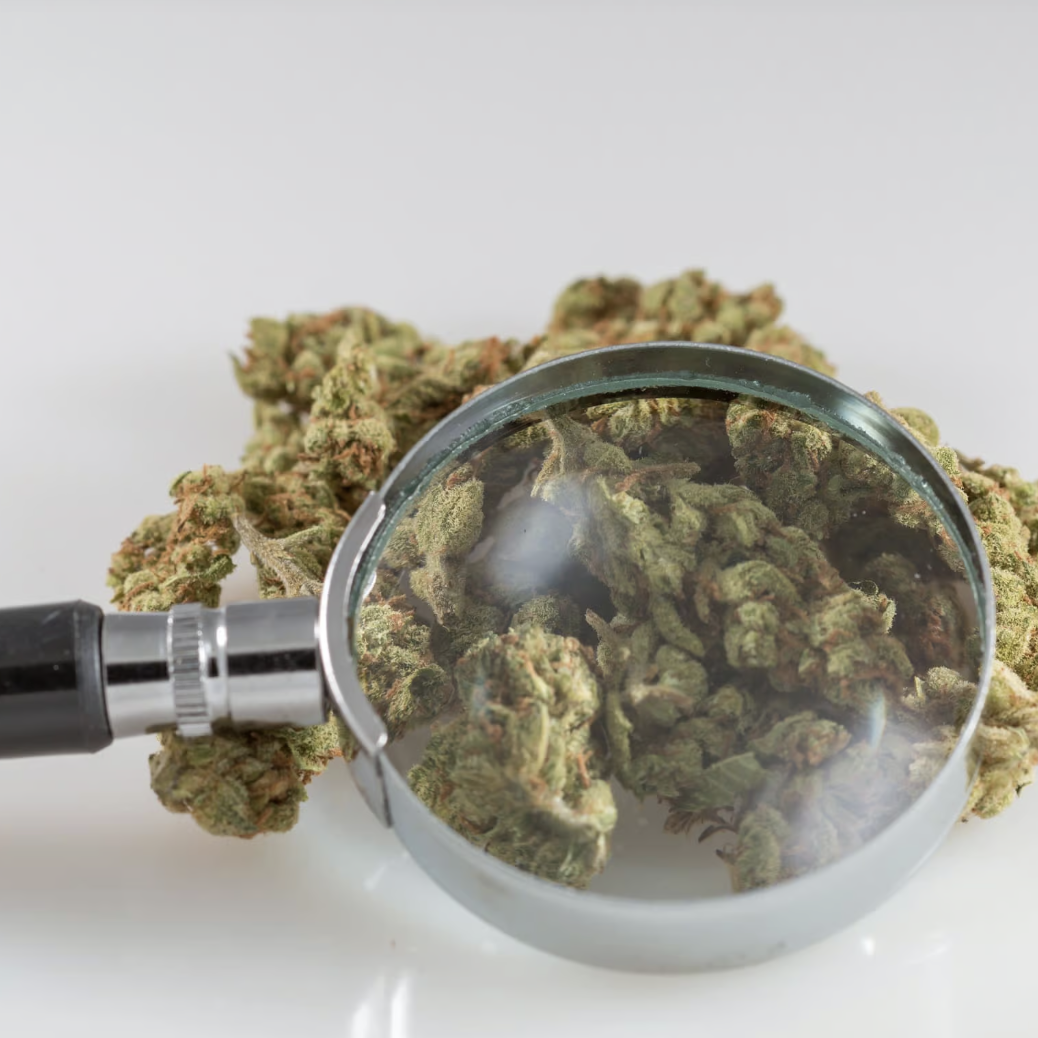Analysis: Cigarette Smoking Poses Greater Impact to Airway Health Than Cannabis
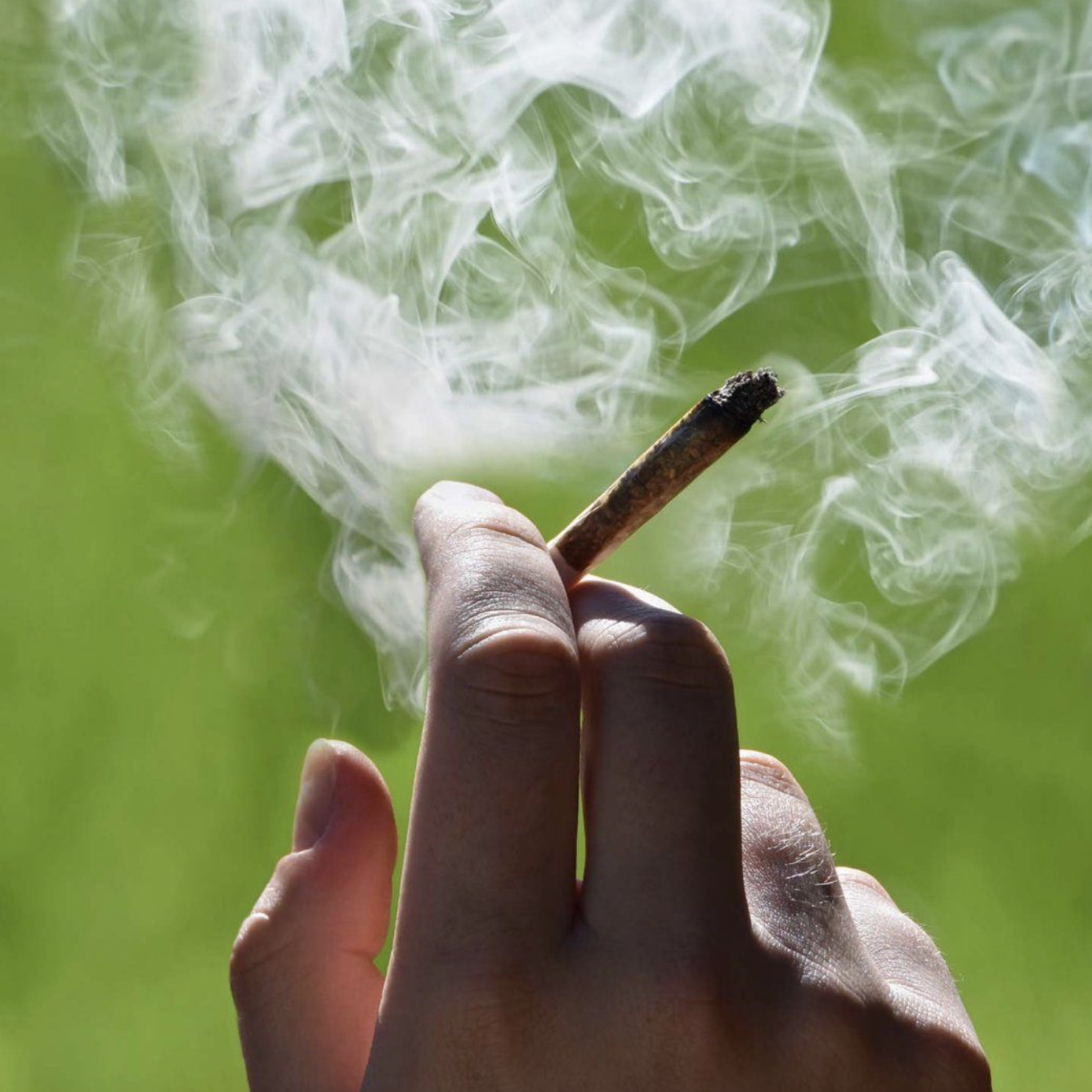
Cannabis smoking and tobacco smoking appear to have disparate impacts on lung health, according to data published in the journal Respiratory Research.
Investigators affiliated with the University of California at Davis assessed the impact of tobacco smoke and cannabis smoke on airway health by analyzing subjects’ exhaled breath condensate (EBC). They reported that cannabis consumers possessed breath profiles similar to those of non-smokers. By contrast, tobacco smokers possessed profiles with elevated levels of certain inflammatory biomarkers.
“Cigarettes upregulate these inflammatory fatty acids, but we didn’t see that nearly as much with marijuana and marijuana products,” one of the study’s authors said. “When we look at the signatures from the marijuana smokers, they look closer to non-users and non-smokers than the tobacco smokers, and that was a surprise to us.”
Prior studies have similarly determined that cannabis consumers are exposed to fewer harmful toxicants as compared to those who smoke tobacco cigarettes. Numerous studies have concluded that cannabis smoke and tobacco smoke are not equally carcinogenic. Moreover, the use of vaporization technology, which heats herbal cannabis to a set temperature below the point of combustion, is associated with reduced exposure to toxic gasses and has been identified as a “safe and effective” cannabis delivery device in clinical trial settings.
